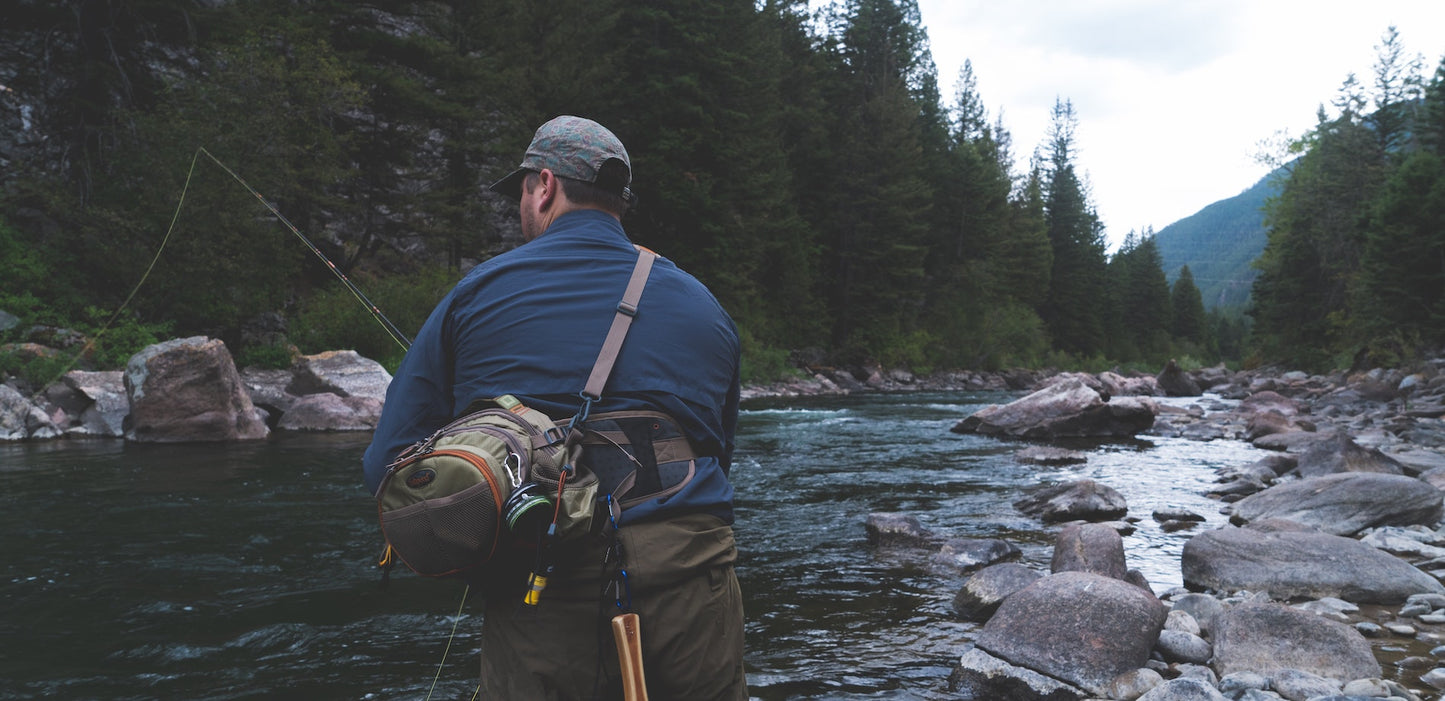
Nothing beats fishing in a fast flowing river, the deep, clean water and seeing a massive school of trout, salmon, or walleye swimming in the current. The problem, of course, is figuring out how to catch them.
Rivers provide an ideal environment for the growth of fish. Fish thrive in environments with high oxygen content, a steady flow of prey items, and plenty of cover for protection. However, for a fisherman, the same factors that benefit the fish also pose significant obstacles to catching fish.
Anyone who has done some fishing in a fast flowing river or stream will notice that the fish are extremely cautious. While the shallow water in the river bed, which makes fish more vulnerable to predators, contributes to their wariness, these river fish are noticeably more active and alert than fish in lakes and ponds. This is due to increased oxygen levels in the water, according to fish experts. Running water, particularly water rushing over rocky rapids, contains 60% more oxygen than still water. This greatly enhances the fish's muscles and brain function.
The physical characteristics of the river also make catching fish difficult. Floods wash large amounts of boulders, tree limbs, and trunks into the river bed on a regular basis. Fighting a hooked fish in and around these areas can be difficult, if not impossible. These areas tend to occur where feeder streams and washes enter the river. The best a fisherman can do is try to fish in more open water away from feeder streams, where they have the best chance of landing fish.
The nature of the river, with its currents and the flow of food it creates, gives the fisherman one advantage: bait presentation. Fish are ambush predators. They waited in a safe spot on the edge of the current. When small fish and other prey pass by, they lunge forward and strike. Because this is completely random, fish miss out on strike opportunities. However, if you can create an event in which a large flow of food is moving down the river, the entire fish population comes alive, such as when there is a major fly hatch or spawning event. An old fishing trick is known as "stoning the rapids" can be used to imitate a natural prey event such as a hatch or spawn.
Every river has a pattern of fast-moving rapid water, and where the rapids end, there is a pool of deep, slow-moving water known as a trough. Fish will congregate in the trough, ready to ambush prey as it flows down the river. At the head of the trough, small shrimp, fish, and insects hide in the rapids clinging to the backside of the rocks and thus protected from the rushing water.
You can "stone the rapids" by throwing small rocks and gravel into the rushing water of the rapids. The rocks strike the insects and shrimp that are hiding in the lee of the boulders and rocks. Once in the current, these tasty morsels are flushed down to the waiting fish below the rapids. The fish are tricked into thinking an insect hatch has started and soon a feeding frenzy erupts. This is an excellent opportunity for the fishermen to present their bait and catch fish.
